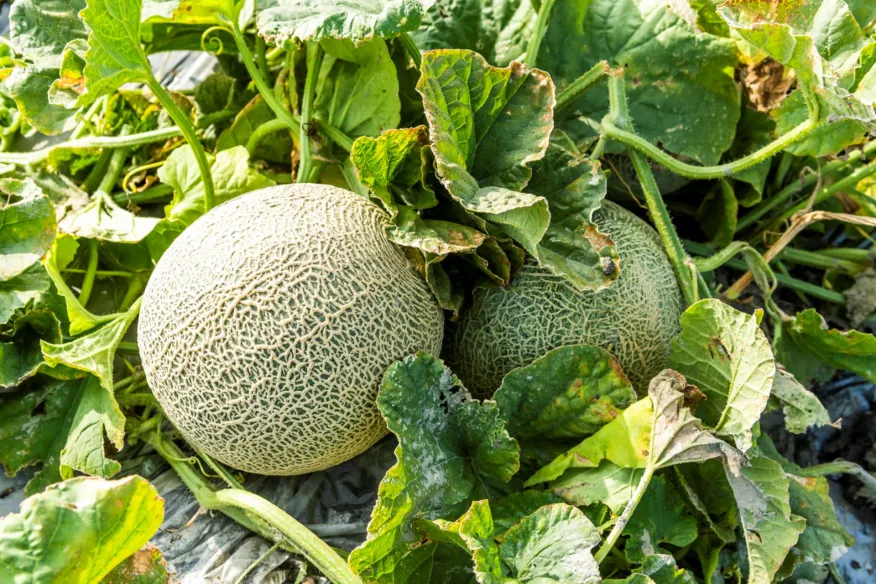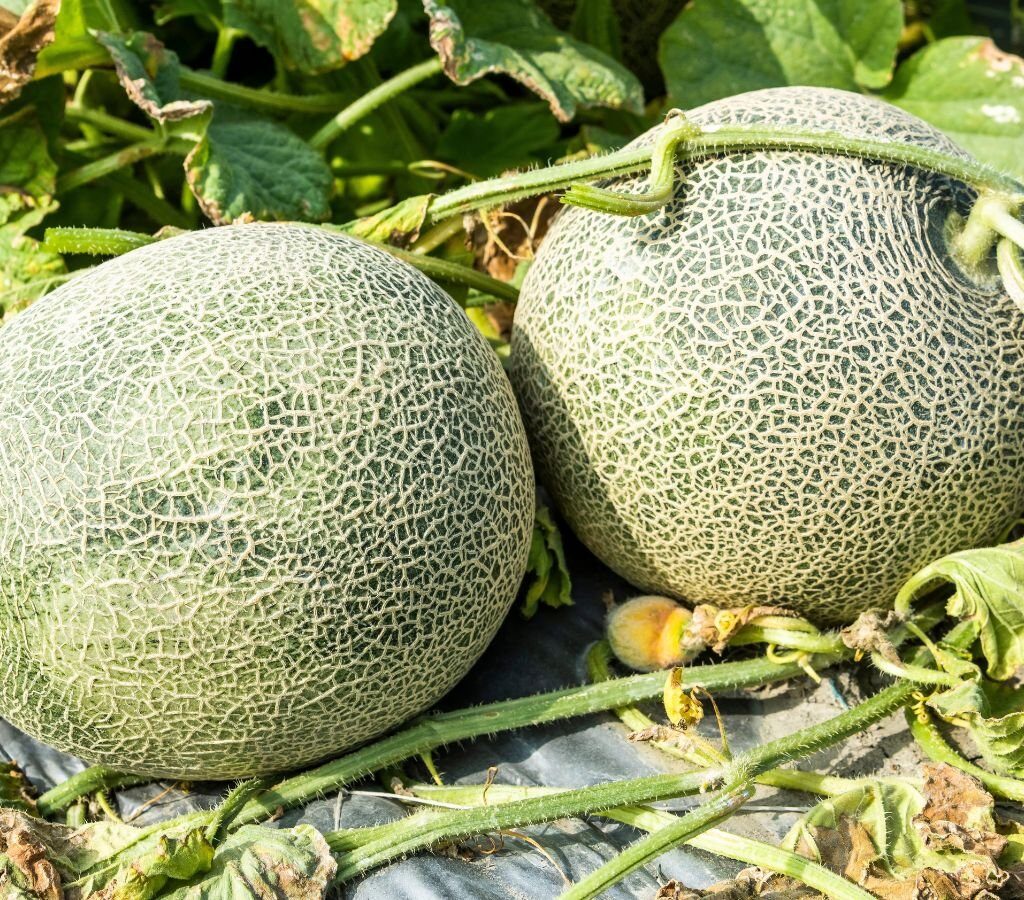Cantaloupes — also popularly known as muskmelons or rockmelons — are among the world’s most loved fruits. With their sweet, aromatic flesh and high water content, cantaloupes are a refreshing treat in warm climates and a staple in fruit salads and desserts globally. While cantaloupes are grown in various regions, international trade allows countries with less favorable climates to enjoy this juicy fruit year-round. But which nation leads the world in exporting cantaloupes?
In this detailed article, we’ll explore which country claims the title of the largest cantaloupe exporter, what factors contribute to their success, key global trade figures, and what lies ahead for the international cantaloupe market.
Global Overview of the Cantaloupe Trade

The cantaloupe market is a dynamic and competitive segment of the global fruit industry. With rising consumer demand for fresh, health-oriented, and exotic produce, cantaloupes have found their place in supermarkets and households around the world.
In 2023, the global export value for melons (excluding watermelons) — which includes cantaloupes — reached approximately US $1.48 billion. Global importers range from the United States and European Union countries to emerging markets in Asia and the Middle East. Despite several players in the market, a few countries account for the majority of cantaloupe exports.
The World’s Largest Cantaloupe Exporter: Spain
In recent years, Spain has firmly held its position as the largest cantaloupe exporter in the world. The Mediterranean country has long been a leader in the global fruit trade, and its cantaloupes are highly valued for their quality, taste, and freshness.
Key Statistics:
- Annual export value (2023): US $315 million
- Global export share: Approximately 21%
- Primary export markets: Germany, United Kingdom, France, Netherlands, Portugal
Spain consistently outperforms other exporters due to its strategic location, favorable climate, and advanced agricultural infrastructure.
Why Does Spain Lead in Cantaloupe Exports?

Several factors make Spain the ideal cantaloupe exporter on a global scale:
Ideal Mediterranean Climate
The sunny, temperate conditions in regions like Murcia, Almería, and Valencia offer perfect growing environments for cantaloupes, with long, warm summers and mild winters.
Proximity to Major European Markets
Spain enjoys geographical proximity to Western Europe’s largest consumer markets. This allows for rapid delivery of fresh produce to countries like Germany, France, the UK, and the Netherlands with minimal transit times.
Modern Agricultural Practices
Spain is renowned for its adoption of advanced farming techniques, including:
- Greenhouse cultivation
- Drip irrigation systems
- Integrated pest management
- Use of disease-resistant and high-yield varieties
These practices improve productivity and fruit quality while ensuring environmental sustainability.
Year-Round Export Capacity
Spain’s diverse growing regions and greenhouse systems allow it to produce cantaloupes in both high and off seasons, making it a reliable supplier for European retailers seeking consistent year-round availability.
Other Major Cantaloupe Exporters

While Spain leads, several other countries play important roles in the global cantaloupe market:
| Rank | Country | Export Value (2023, USD) | Global Share |
|---|---|---|---|
| 1 | Spain | $315 million | 21% |
| 2 | Brazil | $189 million | 12.8% |
| 3 | Guatemala | $174 million | 11.8% |
| 4 | Netherlands | $168 million | 11.4% |
| 5 | United States | $141 million | 9.5% |
| 6 | China | $130 million | 8.8% |
| 7 | Mexico | $121 million | 8.2% |
Guatemala and Brazil are strong suppliers to the United States and European markets, particularly in the Northern Hemisphere’s winter months when Spain’s production slows. Netherlands acts primarily as a distribution hub for Europe, re-exporting cantaloupes imported from other regions.
Export Volumes and Trade Dynamics
Interestingly, while Spain leads in export value, Guatemala and Brazil often export larger volumes at lower average prices per kilogram. This reflects differences in target markets, transportation costs, and the specific varieties of cantaloupes each country produces.
Average Export Prices:
- Spain: Higher average prices due to premium-quality fruits and faster logistics to Europe.
- Guatemala & Brazil: Competitive pricing due to larger volumes and longer shipping distances.
In 2023, Spain’s average export price was around €0.90/kg, compared to Guatemala’s €0.50/kg.
Top Global Importers of Cantaloupes

The largest consumers of imported cantaloupes are predominantly developed countries with high fruit consumption and limited domestic production:
- United States
- Germany
- United Kingdom
- France
- Netherlands
- Canada
- Japan
The United States imports significant quantities from Guatemala, Mexico, and Honduras, while Europe depends heavily on Spain, Brazil, and Morocco.
Seasonal Production and Trade Patterns
Spain’s peak cantaloupe harvest season runs from May to August, perfectly timed for European summer demand. In contrast:
- Brazil, Guatemala, and Honduras supply Northern Hemisphere markets during winter and spring.
- Mexico fills gaps in the U.S. market from March to May.
This complementary seasonality ensures a steady, year-round supply of fresh cantaloupes worldwide.
Market Trends and Future Outlook

The global cantaloupe market is expected to experience continued growth driven by several key trends:
Increasing Health Awareness
As consumers prioritize health-conscious diets, nutrient-rich and hydrating fruits like cantaloupes are gaining popularity. Rich in vitamins A and C, antioxidants, and dietary fiber, cantaloupes are frequently marketed as a wellness food.
Expansion of International Retail Chains
The rise of international supermarket chains and online grocery platforms has widened access to exotic fruits like cantaloupes in new markets, particularly in Asia and the Middle East.
Focus on Sustainability
Exporters like Spain are increasingly investing in sustainable farming practices, water conservation, and eco-friendly packaging to meet international environmental standards and appeal to conscious consumers.
Emerging Markets
Growing middle-class populations in China, India, and Southeast Asia present new opportunities for cantaloupe exporters, with rising per capita fruit consumption and a preference for imported produce.
Conclusion
To summarize:
- Spain is currently the largest cantaloupe exporter in the world, accounting for about 21% of global exports in 2023.
- Spain’s success stems from its favorable Mediterranean climate, advanced farming practices, proximity to major European markets, and ability to produce premium-quality fruit.
- Other key exporters include Brazil, Guatemala, Netherlands, United States, China, and Mexico.
- The global cantaloupe market is poised for further growth, fueled by health trends, improved logistics, and expanding middle-class demand in emerging markets.
As consumer preferences evolve and markets diversify, Spain’s continued investment in quality, innovation, and sustainable practices will likely help maintain its leadership in the global cantaloupe trade for years to come.





